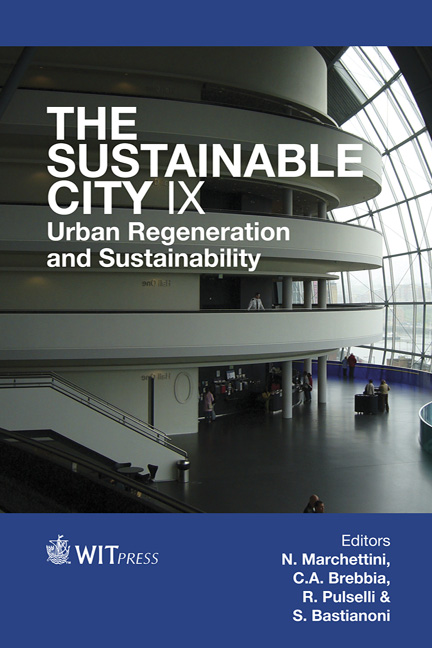Trace Metals Geochemical Background In Soil In The Suape Port And Industrial Complex, Pernambuco Brazil
Price
Free (open access)
Transaction
Volume
191
Pages
10
Page Range
1721 - 1730
Published
2014
Size
611 kb
Paper DOI
10.2495/SC141462
Copyright
WIT Press
Author(s)
E. Santos de Lima, A. de Souza Moraes
Abstract
The implantation of new industries and infrastructure (roads and piers) in the Suape Industrial Portuary Complex together with the weathering action are responsible for the transportation of particulate matter to the surrounding water bodies. A geochemical behavior study of trace metals was done in the watershed of Tatuoca River aiming to show the geochemical affinity among the chemical elements in order to identify its origin. Thirty six soil samples were collected using helical auger samples and four 50 cm long core samples were collected at the bottom of the river using a percussion sampler. The stream sediment core samples were divided into 5 cm intervals. The samples were analyzed by ICP/AES for: Al, Ba, Be, Cd, Co, Cr, Cu, Fe, La, Li, Mo, Ni, Pb, Sc, Sr, Ti, V, Y, Zn and Zr. Principal component analysis and concentration maps were used to interpret the data. Comparing the soil results to that of stream sediment profiles one can conclude that the stream sediments collected closer to the infrastructure and industrial implementation works are richer in sand fraction, Mo, Zr and Zn. On the other hand, the stream sediment profile further away from the construction works are richer in Fe, Cr, V, Ni, Cd and Pb. The understanding of the geochemical behavior of chemical elements present in the watershed (geogenic or anthropogenic) is important in land use occupation and also in establishing a local background value to evaluate future environmental impacts due to trace metals present in stream sediments.
Keywords
soil and stream sediments, trace and heavy metals, background metal level





